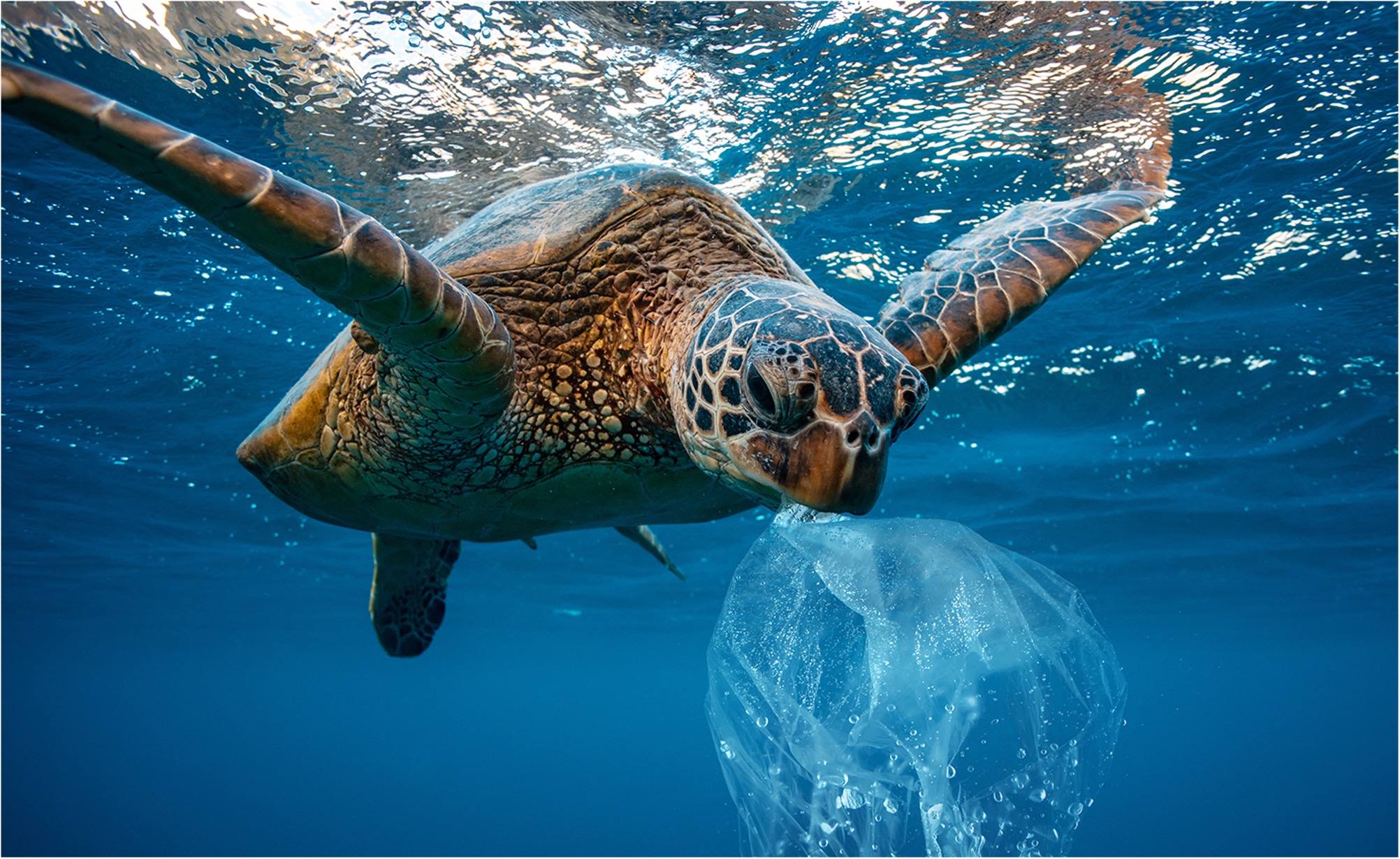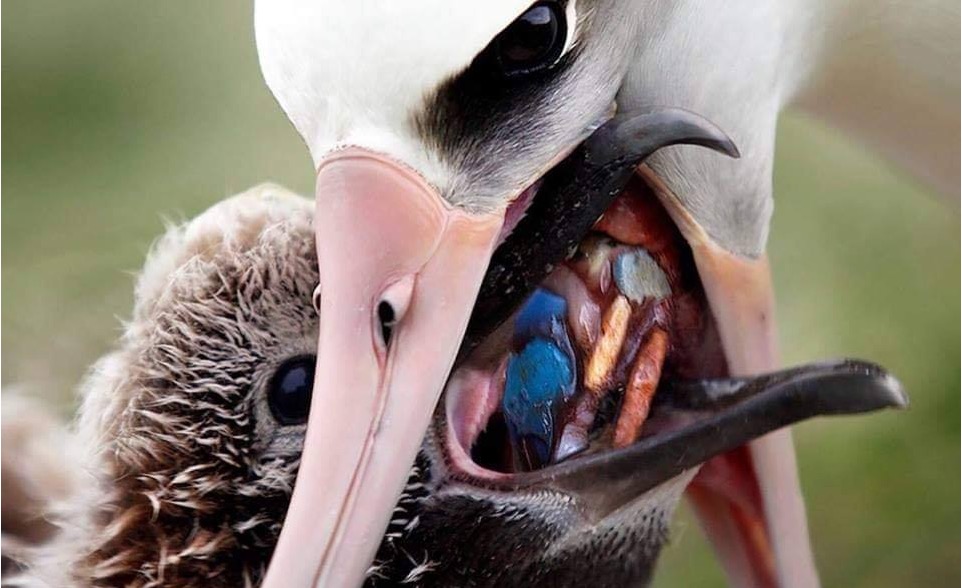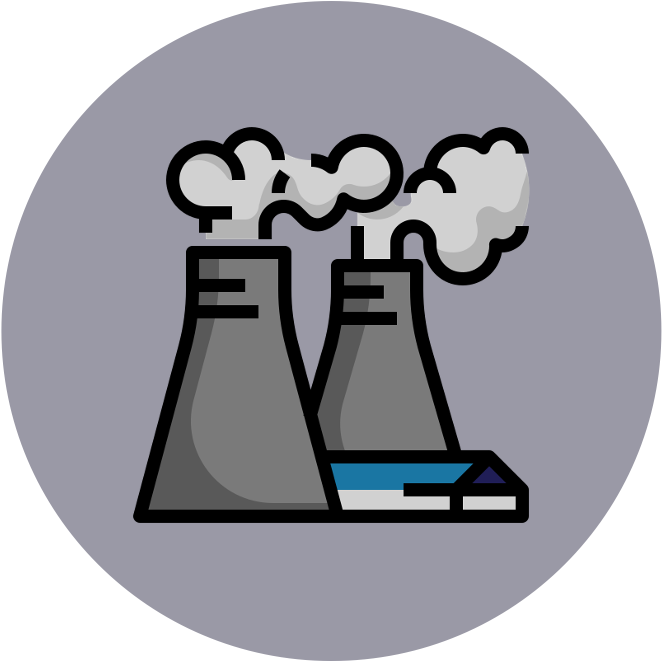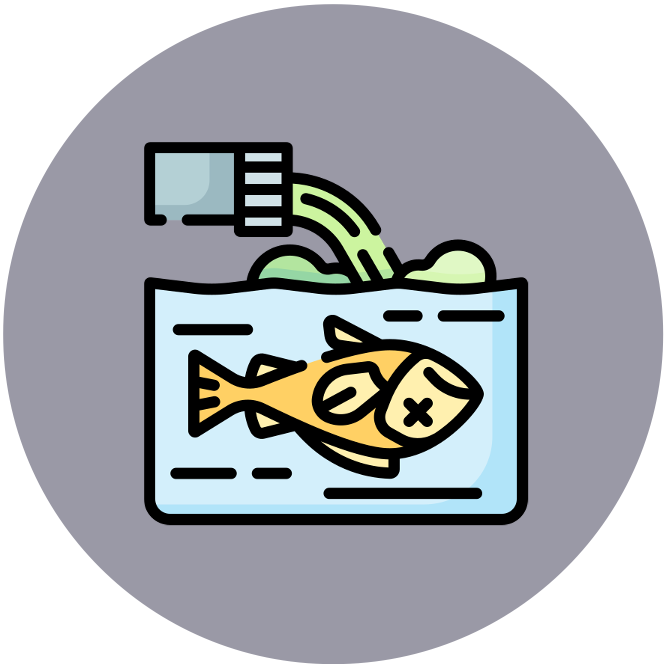

Plastic Pollution
Plastics are a type of synthetic polymer found in certain types of clothes, bottles, bags, food wrappings and containers
-
Most plastics are not biodegradable and persist in the environment for many centuries
Large visible plastic debris (> 1 mm) is defined as macroplastic, while smaller debris (< 1 mm) is defined as microplastic
-
Macroplastic debris can be degraded and broken down into microplastic debris by UV radiation and the action of waves
-
Ocean currents will concentrate plastic debris in large oceanic convergence zones called gyres
Plastic debris will leach chemicals into the water and also absorb toxic contaminants called persistent organic pollutants
-
Microplastics will absorb more persistent organic pollutants (POPs) due to their smaller size (more available surface area)
-
This leads to the bioaccumulation and biomagnification of persistent organic pollutants within marine animals
Both macroplastic and microplastic debris is ingested by marine animals, which mistake the debris for food
-
Sea turtles will commonly mistake plastic bags for jellyfish and the plastic can become lodged in the esophagus and cause future feeding problems
-
An albatross can ingest large quantities of plastic when it skims the ocean surface with their beak
-
The adults can regurgitate the plastics they have swallowed, but chicks are unable to – leading to high mortality rates in chicks (~40% die before fledgling)
-
Impact of Plastic Pollution

Sea Turtles





